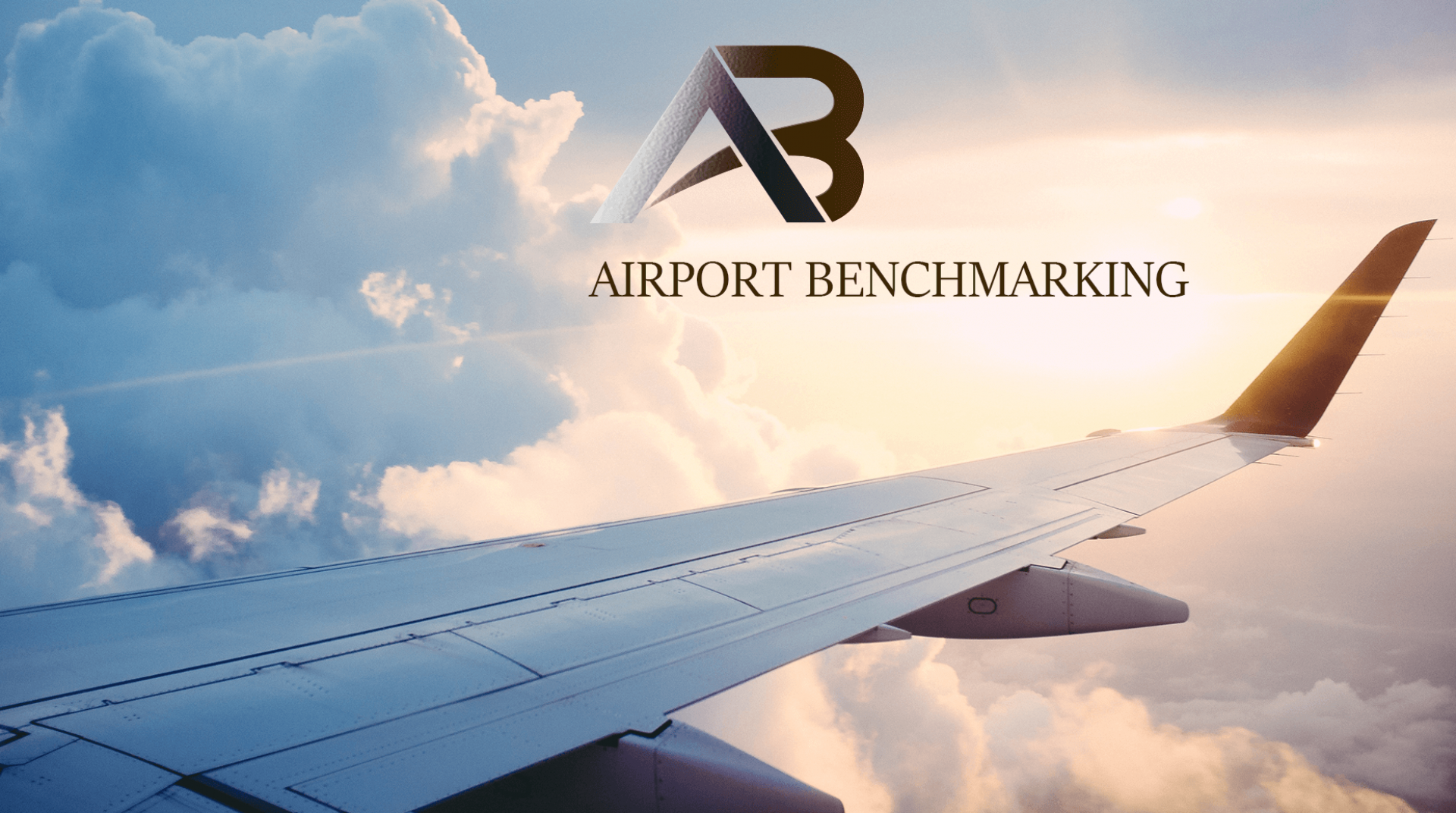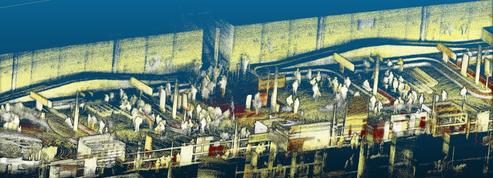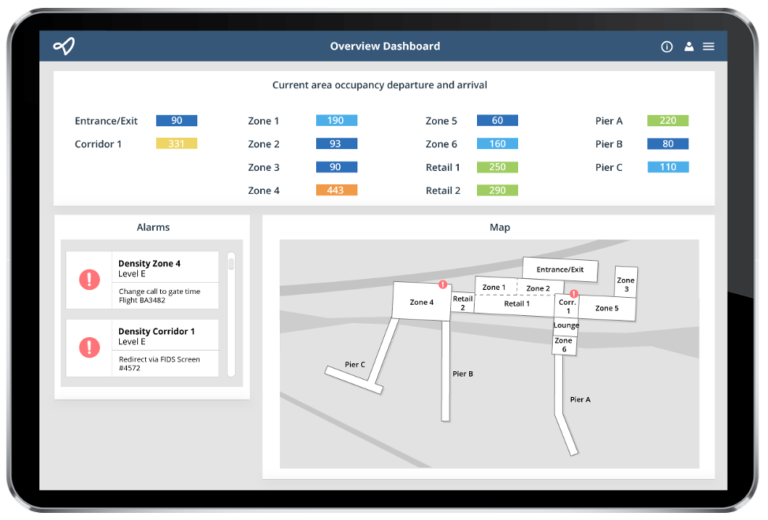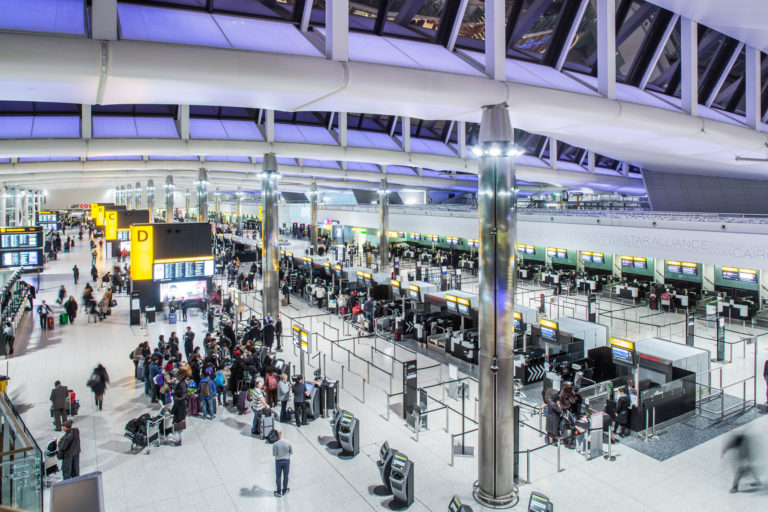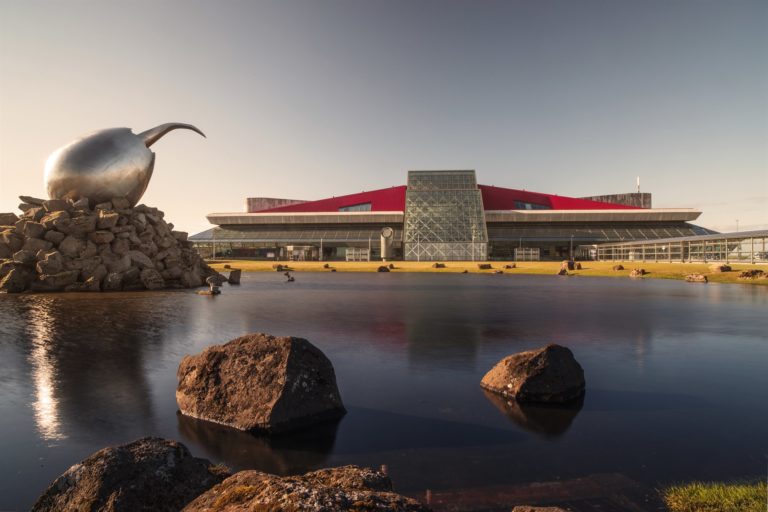As the urban transport sector continues to combat new daily challenges during the global coronavirus pandemic, Intelligent Transport’s COVID-19 hub collates the latest news and views from operators, authorities and associations from around the world. Find out how the pandemic is affecting ridership, operations, revenue generation and more with our live feed, news, articles and live briefing sessions.
What measures are operators, authorities and associations taking in response to the impact of the COVID-19 outbreak? We keep you updated with the latest information. ↓ Last Updated an hour ago an hour ago London begins to implement new cycle lanes
a day ago Data reveals difference in congestion in Asian cities since lockdown restrictions were implemented
Data from ride-hailing firm Grab reveals snapshots of traffic congestion before and during coronavirus lockdowns, delivering an image of the differences, as reported by Reuters.
The data collected from Grab ride-hailing drivers allows for comparative views of the cities under lockdown.
A 15-mile (23.8-km) drive down the length of Manila’s usually jammed Epifanio Delos Santos Avenue, that would normally take more than two hours, took just 20 minutes on April 7, a Reuters crew found.
Find charts and images of comparisons of other Asian cities such as Ho Chi Minh City, Jakarta, Kuala Lumpur and Singapore here.
a day ago Dubai Transport Security tests sunglasses developed to spot people with COVID-19 symptoms
a day ago ETRMA commits to support European sustainable transport COVID-19 response
The European tyre industry – represented by the European Tyre and Rubber Manufacturer’s Association (ETRMA) – has announced that it is committed to collaborate with the European Institutions on a COVID-19 policy response that ensures public health, minimises economic impact, and maintains focus on the overarching objectives of decarbonising and digitalising the economy.
ETRMA said that it remains fully committed to work towards the European Green Deal, to prioritise – in partnership with authorities – the initiatives to achieve climate neutrality and digital transition, and request a supportive and reasonable timing to the overall changing regulatory framework.
The collaboration builds on a shared commitment to the European Green Deal, without compromising the important role tyres play in road safety and mobility, nor the tyre industry’s ability to innovate and remain competitive.
To this end, ETRMA has called for:
~ Speeding up the regulatory work on smart mobility to enable new digital transportation services and tyre data solutions as an opportunity for economic recovery and sustainable development
~ Supporting tyre industry investments in sustainable consumption and production by fostering market demand for products aligned with EU environmental objectives and targets, including:
~ Incentives for private consumers and public authorities (e.g., Green Public Procurement) to choose tyres and services with the best safety and environmental performance as indicated by the new tyre label regulation, or contributing to circular economy ambitions, as bus retreaded tyres do
~ Supporting remanufacturing models and the development of secondary raw materials through harmonised EU end-of-waste criteria to include products derived from end-of-life tyre
~ Strengthening market surveillance and enforcement of EU trade agreements with third countries
~ Increasing research and innovation funding to decarbonise the transport sector through a holistic approach to climate-neutral road transport within the Horizon Europe framework, which ETRMA and its members believe will be a key contribution to the success of the European Green Deal.
a day ago Transport for Wales looks to supermarkets for social distancing guidance for its trains
a day ago UK union requests clearer public transport capacity and face mask rules
Unite, which represents over 80,000 public transport workers, is warning that the UK government must establish clear rules about maximum passenger capacity and make the wearing of face masks compulsory to keep buses and other forms of public transport safe, during the pandemic.
The union issued its warning following the publication of the government’s safer transport – guidance for operators document, which provides guidance for employers in protecting passengers and workers during the pandemic.
Unite also believes the guidance on risk assessments must be stricter. Risk assessments must by detailed, dynamic, strictly adhered to, available to workers and regularly updated, it said.
Unite national officer for passenger transport Bobby Morton said: “Unite is very concerned that the document lacks clarity with regards to the maximum capacity of passengers allowed on bus and trams. If the government is serious about ensuring that social distancing is maintained there must be strict rules on maximum capacity.
“It is not good enough to recommend face coverings they need to become mandatory on public transport, this will dramatically reduce the risk of COVID-19 being transmitted.
“The government must clearly direct bus operators on how to police maximum capacity rules, this must not be the responsibility of the driver.
“Far too many bus workers have died during this pandemic and it must be made clear that they will not be expected to leave their cab which should be totally sealed off from passengers.
“This is an issue that the government must immediately address, buses are already seeing increased usage at peak times and overcrowding issues are already occurring.
“To run a safe socially distanced service, the number of buses in service must be increased but that will require investment from government to make it economic. You can’t run a safe socially distanced public transport network on the cheap.”
a day ago BBC News – Northern train services to increase from Monday
2 days ago UK survey reveals shift in UK’s mindset on environmental issues and transport during lockdown
As the UK government recently announced that public transport is still to only be used for essential journeys, new research from Hitachi Capital UK has found that:
~ 64 per cent of people are now more aware of their environmental impact
~ 40 per cent of workers considering alternative eco-friendly commute
~ Boost to electric vehicle market as one in four (26 per cent) vow to consider making switch.
Robert Gordon, CEO of Hitachi Capital UK, said: “Our research shows that people are not only re-evaluating how they work, but also the impact they have on the environment and what long term changes they are prepared to make.
“The lockdown has created a positive and fundamental shift in attitude when it comes to the environment, with the majority of people placing more importance on reducing their carbon footprint than ever before. Over a quarter of commuters would now actively switch to an electric vehicle, a significant shift pre the lockdown. Even more want more agile working, suggesting a reduction in commuting and travel for work, which again will impact on the environmental economy.”
2 days ago Barcelona records high degree of compliance with hygiene and distance standards in TMB transport
96 per cent of metro users wore a mask on TMB public transport in Barcelona, a recent survey revealed, an accessory that from this week can be found in vending machines at stations.
The rules of hygiene and distancing that have been in force since last Monday as part of the next phase of the health emergency plans. There has also been widespread use of the accessory on buses.
2 days ago Oxford exploring opportunities to improve transport networks as a result of COVID-19
Possible arrangements being explored with partners include:
~ Temporarily reallocating road space (through road closures, traffic light controlled one-way streets, and wider pavements) to allow people to walk and cycle safely into and around Oxford
~ Supporting and improving cycling for commuting and daily journeys through the creation of segregated network of cycle routes, improvement in cycling infrastructure, and additional on-street cycle parking
~ Re-organising bus routes in order to create additional road space required for pedestrians and cyclists
~ Suspending all loading bays during ‘customer’ hours to increase space for pedestrians and cyclists
~ Pedestrianising Broad Street with the removal of on-street parking bays and redesignating the space for social distancing-compliant mix of activities, including seating, but also potentially e.g. market stalls for businesses limited by social distancing in their own unit plus displaced street traders
~ Exploring an outdoor café culture, with temporary tables & chairs zones outside food premises to maintain capacity, whilst adhering to social distancing and maintaining a balance with additional space for walking and cycling.
2 days ago Protective masks and gloves available at all Moscow Metro stations
Masks, gloves and sanitisers are the new reality of the Moscow Metro passenger safety routine.
They can be purchased at vending machines or at the stations’ retail outlets and the price is fixed lower than a standard market price.
“Currently there are 966 points of sale. These are cash desks, trade pavilions and vending machines. Taking into account cash desks of suburban stations, which are also sales channels for masks and gloves, there are almost 1500 points of sale. The purpose of this measure is to create safe environment for all passengers, who could not get PPE in a pharmacy or forgot it at home. We highly recommend all passengers to use masks and gloves for going out,” shared Maksim Liksutov, the Deputy Mayor of Moscow for Transport.
Since 4 May 2020 Moscow Transport passengers purchased more than 12,800 masks.
Additionally, more than 1136 sanitisers for hand disinfection were installed at the Moscow Metro. Since 26 April 2020 sanitisers have been installed at 192 metro stations. Gradually, such devices will appear at all metro stations and the Moscow Central Circle.
Currently, more than 645,000 passengers have taken advantage of the new service.
2 days ago Lyft makes face masks mandatory for drivers and passengers
Lyft is ramping up efforts to protect riders and drivers — including establishing new health and safety standards for ridesharing. The ride share company recently announced a Health Safety Program with new policies, commitments, and products designed to address the needs of our community during this important time for public health.
Lyft’s Health Safety Program will include:
Personal health certification for drivers and riders
Required face masks for drivers and riders
Health safety education for drivers and riders
Distribution of cleaning supplies and masks for drivers
Personal Health Certification
Before using Lyft, every rider and driver will be required to self-certify that they will wear face masks throughout the ride, are symptom-free, and will follow CDC and local guidelines related to COVID-19.
Specifically, riders and drivers will confirm that:
They will wear a face mask or covering
They will not ride or drive with Lyft if they have COVID-19, think they have it, or have related symptoms
They will keep vehicles clean and sanitise their hands frequently
They will leave windows open when possible and avoid recirculated air when possible
Passengers will not ride in the front seat.
- Copy URL Twitter Facebook Share
2 days ago TfL expects to lose £4 billion, according to BBC
A TfL spokesperson said: “We have done everything possible to help reduce the spread of coronavirus. This was the right thing to do and has saved lives.
“It is clear that the long term impact of the coronavirus will mean that we need financial support now and into the future so that we can support the recovery of London and the UK.
2 days ago Voi relaunches across France
The scooter rental company has also launched an initiative to provide low-income houses with discounted rides.
3 days ago UK issues official new guidance: consider wearing a face mask on public transport
3 days ago Bus Users calls for clarity on using public transport
Bus Users is calling for clarity on the messages surrounding travel on public transport following an easing of the coronavirus lockdown.
The charity believes the current advice to avoid public transport ignores the many people for whom walking, cycling and private transport are simply not options. It also suggested that it ignores the extensive work being done by the bus industry and Department for Transport to make bus travel safe.
Claire Walters, Chief Executive of Bus Users, wants to see greater emphasis on encouraging safe and responsible travel: “Government figures show that nearly one in five households have no access to a car or van, while research from Transport Focus shows that 50 per cent of passengers outside London have no access to another form of transport.
“While social distancing will reduce the capacity of many buses, operators have been working tirelessly to ensure they can run as many services as safely as possible, giving priority to keyworkers and helping the rest of us to get back to work.”
Claire believes that passengers also have a key role to play in keeping themselves and others safe: “Bus drivers in particular are at the greatest risk, and no fewer than 30 having tragically lost their lives to COVID-19. Wherever possible, passengers should wear something to cover their mouth and hands while travelling, and stay as far away from other passengers as is feasible.
“Buses have a vital role to play in getting the country and the economy back on its feet. Support and funding from Government will be crucial in ensuring this happens.”
Bus Users has written an urgent letter to Grant Schapps MP, Secretary of State, calling for greater awareness of the work being done to make public transport safe.
3 days ago 80 per cent of Australians concerned about public transport hygiene, finds study
Preliminary findings of a University of Sydney survey on the impact of the coronavirus outbreak on Australians’ travel activities has suggested that over 80 per cent of respondents are concerned about hygiene on public transport.
Researchers from the Institute of Transport & Logistics Studies (ITLS) at the University of Sydney Business School surveyed a sample of 1,073 Australians in the first two weeks of April this year, to provide the first disaggregated data on household travel and activities across Australia during the pandemic.
“Our survey reflects people’s trust in both state and federal governments and general compliance with travel restrictions across the community,” said Associate Professor Matthew Beck, co-author of the study.
“This level of trust and community spirit needs to continue as governments look to ease restrictions.”
Before the pandemic, weekly household trips averaged 23.9 per week and dropped by over 50 per cent to 11 each week.
Respondents considered travel by their private cars was the most comfortable option (+84 per cent) while buses were the least comfortable (-42 per cent) followed by trains (-33 per cent).
Read more survey results here.
3 days ago Lisbon considers distributing masks on public transport
In Portugal, decisions to make masks mandatory on public transport have been left to cities and Lisbon’s local government is reportedly sceptical of the long-term sustainability of measures mandating the constant wearing of face masks in public. Instead, authorities are contemplating different ways of ensuring the health of citizens through personal protective equipment – ones that the municipality itself will be able to guarantee in the long-term.
Currently, the local government of Lisbon has a total of 1.6 million masks in stock. Should recommendations be strictly followed, these masks should be changed every four hours. That means that it is impossible for the municipality to ensure enough masks for all citizens in the capital.
The mayor of Lisbon, Fernando Medina, has proposed for masks to become mandatory only on public transport.
Other measures proposed by the City Council include the setting up of hand sanitiser dispensers in all buses operated by Carris in order to further ensure the health and safety of passengers.
3 days ago TfL in talks for £2 billion support fund
According to the Sunday Times, Transport for London (TfL) is in talks about a £2 billion-pound bail-out as coronavirus restrictions continue to curtail travel in London.
TfL will likely have to delay or scrap major expansion plans in return for the funding, the newspaper reported.
The agency could “run out of funds within two months” as it is down to its last £1 billion pounds, the report said. The agency has £3.3 billion of bonds outstanding, according to data compiled by Bloomberg.
7 days ago COVID-19 has accelerated adoption of technology-enabled smart cities resilience approaches, finds market advisory firm
City governments are adjusting to a new reality, with COVID-19 driving urban resilience and digital transformation strategy agendas, finds global tech market advisory firm, ABI Research. This is said to be reflected in the deployment of a range of technologies for new use cases during the current emergency:
Drones – Communication and enforcement of social distancing rules; delivery of medical supplies
New types of surveillance – AI-based remote temperature sensing (Kogniz Health)
Autonomous freight – Autonomous last mile delivery
Digital Twins – Holistic, transversal, real-time visibility for resources, assets, and services
Real-time dashboards (City of Boston) and data sharing including the use of smartphone data crowdsourcing for location tracking
“While many of the measures taken by city governments during COVID-19 are decided on the fly requiring high levels of improvisation, it has resulted in a rich laboratory type learning experience in terms of how to take advantage of the inherent flexibility of technologies to address emergency situations and challenges linked to demand-response management of assets and services,” said Dominique Bonte, Vice President End Markets at ABI Research. “This will have a lasting impact, coming out of COVID-19 during and after the drawn-out recovery period, in the form of a step change in how resilience is approached and generalised, allowing to prepare better for future calamities, a distinct silver lining on a very dark COVID-19 cloud.”
source : https://www.intelligenttransport.com/topic_hub/covid-19-transport-news-analysis/?utm_source=Email+marketing&utm_medium=email&utm_campaign=IT+-+Newsletter+19+-+14+May+2020&utm_term=How+is+the+public+transport+sector+coping+with+COVID-19%3f&utm_content=https%3a%2f%2femails.intelligenttransport.com%2frussellpublishinglz%2f&gator_td=4eou406ZIWcDR6SfgFeawKwoy1VbyvtVg0YDuCob57BBR4sgty%2fcL1PZWOsLgJBDUXPInrTHPtz%2boS0G4U%2fiNYSc4A2uRpkiG%2fR1fL5vVAWSElQ99stvxIbcLaQe2GogBYUlHOa0cAvfoPkKf%2fJnpkx3wmuJexb10R7icAzvVNTJm6esmvrYB3nD%2fPhWh040
